5. The Seventh Seal (Ingmar Bergman, 1957)
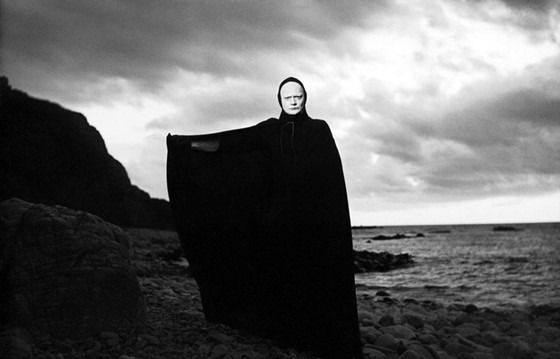
Antonius Block (Max von Sydow) is a knight in Sweden during the Black Death, who returns from fighting in the Crusades and encounters Death (Bengt Ekerot), who has come to take his life. In an attempt to avoid the inevitable, Antonius challenges Death in a game of chess, the outcome of which will determine the thread of the man’s existence. Death accepts, and a journey of seeking for answers begins.
Developed from Ingmar Bergman’s own play “Wood Painting,” “The Seventh Seal” is a film that contemplates on life and existence. Its philosophical interest touches the subjects of faith and “the silence of God” and the torment it can be.
In a search for the way to endure the knowledge that our choice of living and dying is out of our own control, it suggests that all we have is the life that’s here and now, and that it’s not about caring too much for what might be. And it’s not getting better or worse afterward, in the future or the afterlife; this is all that there is and it’s inside our hands to play with.
Our God, which is our hope for a timing different than the present moment, are silent. Naked of hope and disappointment, we can walk our meaningless paths in peace, with each other.
The film received seven awards and a nomination for the Palme d’Or at the Cannes Film Festival. Among the awards it won is the Jury Special Prize tied with Andrzej Wajda’s “Kanal” at Cannes.
4. Andrei Rublev (Andrei Tarkovsky, 1966)
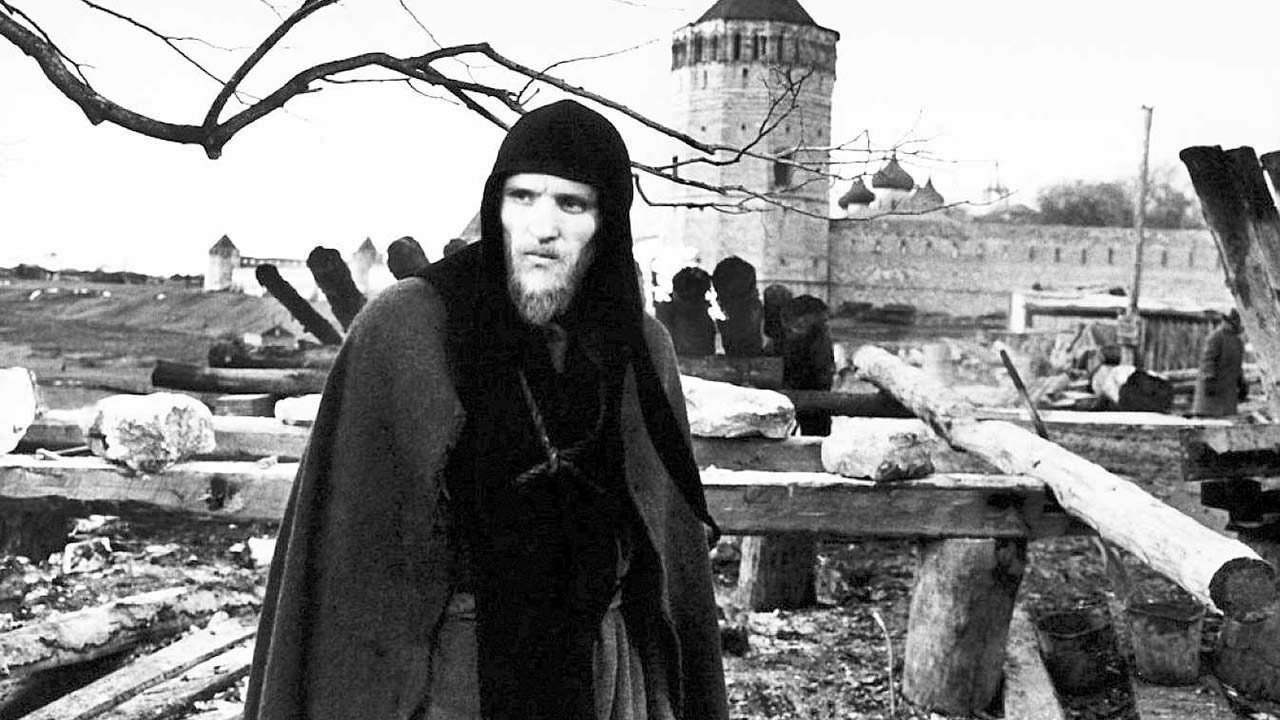
“Andrei Rublev” is a biographical film, loosely based on the life of the icon painter Andrei Rublev, who lived in Russia during the 15th century, an eventful historical period which included fighting between rival princes and the invasions of the Tatars.
In a religious atmosphere, enhanced by the usage of music and the lyrical cinematography, the idea of sin and repentance are central in the film, as well as that of guilt, punishment, purity, corruption, love and forgiveness.
People do harm, their vanity often comes above all, they are forgetful and ungrateful. They are ignorant, but God forgives them, for they repent for their faults. But they are obliged to live between the Divine Forgiveness and their guilt, as Theophanes the Greek tells Rublev in his dream. Until they are ready to set themselves free.
“Andrei Rublev” consists of separate chapter-episodes, each representing important times and aspects throughout the painter’s life. After a single screening in Moscow in 1966, the film was banned upon its release in Soviet Russia and wasn’t released until years later.
Despite the censorship matters that occurred, however, it received three awards for Best Film, a FIPRESCI Prize at the Cannes Film Festival, a Critics Award at the French Syndicate of Cinema Critics, and a Jussi at the Jussi Awards. It has often been ranked highly in directors’ and critics’ polls in Sight & Sound and is generally considered to be among the greatest films ever made.
People sometimes try too hard to “understand” Tarkovsky’s films and that is exactly where they get it wrong. There is nothing to understand. In “Andrei Rublev,” as in the rest of his filmography, Tarkovsky creates a world, a universe, where one is not asked to analyze and interpret, search for hidden meanings and decode, but simply to let themselves be absorbed in the experience of watching. And once you immerse yourself in it, this world is revealed to you by itself – and it is a magical one.
3. The Battle of Algiers (Gillo Pontecorvo, 1966)
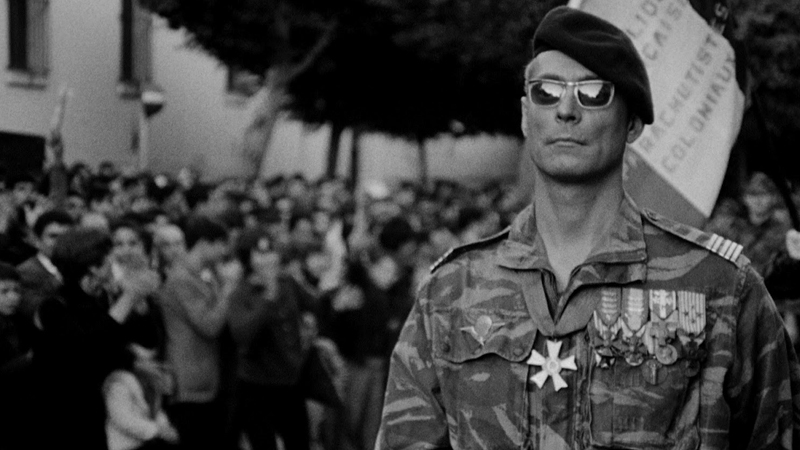
Set in the capital city of French Algeria between 1954 and 1957 at the time of the Algerian War of Independence, the film follows the events and battles between the French Army and the revolutionary National Liberation Front (FLN), for the gaining of the Algerians’ independence from the French colonial administration.
The film’s script drew its inspiration from “Souvenirs de la Bataille d’Alger,” a book written by Saadi Yacef, who was the campaign account of an FLN military commander. Although Gillo Pontecorvo supports the FLN’s side in his film, he doesn’t fall in the trap of being biased.
The events and conflicts are stated as realistically as possible, and an emphasis is given on the illegal methods and tortures used by the French as a means of finding information for the guerilla fighters’ organization and structure in order to defeat them, without leaving out atrocities by the FLN as well, such as the bombing of unarmed civilians in public places.
The outcome is so realistic – which is enhanced by the usage of many ordinary people instead of actors – that it almost manages to become an alloy of documentary and fiction. A dramatic film shot in black and white, with a beautiful music score by Ennio Morricone and scenes of extreme cruelty like those of the torturing of the FLN fighters.
“The Battle of Algiers” is not just a war film. It’s a film about resisting, a film about fighting for what’s worth living and dying for – the right to one’s freedom and decency. “The Battle of Algiers” was not screened for five years after its release in France, until 1971.
It has won nine awards, including a UN Award at the BAFTA Awards, a Golden Lion, a FIPRESCI Prize, and an Award of the City of Venice at the Venice Film Festival. It has also received another eight nominations, among which are nominations for three Oscars for Best Director, Best Foreign Language Film, and Best writing, Story and Screenplay – Written Directly for the Screen at the Academy Awards, USA.
2. Tokyo Story (Yasujirô Ozu, 1953)
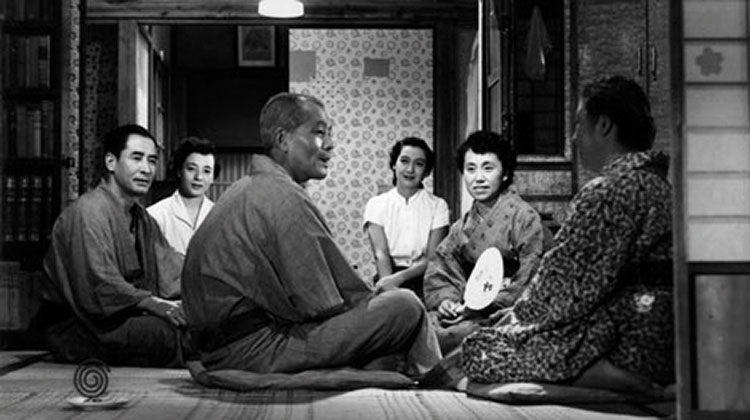
An old couple (Chishū Ryū and Chieko Higashiyama) living in a small town visit Tokyo for a few days to see their children and grandchildren. But their children are too busy with their families and jobs there and haven’t got much time to spend with their parents, and the rhythm of life in the city is faster than the two of them can follow.
Yasujirô Ozu takes the simplest story and makes a masterpiece out of it, timeless and universal. A very “Japanese” film that anybody from any culture can relate to. The protagonists face the fact that their life circle is slowly closing not with fear but with tranquility, they are content. The disappointment in their gentle eyes that they cannot spend as much time with their children as they may have wished to is veiled by love. These sweet, loving figures become everybody’s grandparents.
Shot in black and white, “Tokyo Story” is a slow film kept as simple as possible in all its aspects. Not provoking the viewer’s emotional reaction even for a single moment, it succeeds in causing emotions to emerge from the deepest parts of your soul and bring tears in your eyes.
It won three awards, including the Sutherland Trophy at the British Film Institute Awards and OFTA Film Hall of Fame at the Online Film & Television Association, and was voted the best film of all time in a 2012 poll of film directors by Sight & Sound magazine.
Every time this movie comes up, words always come to my mind that were written by Chrysa Fotopoulou: “When grandmothers and grandfathers pass away, they have already told the first and biggest lie of their life to us, who have worshipped them as if we had made them with our hands and our own material. By leaving, they take away from us forever’s ultimate strength and a piece of our shattered, children’s knees.”
Probably one of the most touching films ever made and to be made, “Tokyo Story” is sincere, devastating, beautiful.
1. The Passion of Joan of Arc (Carl Theodor Dreyer, 1928)
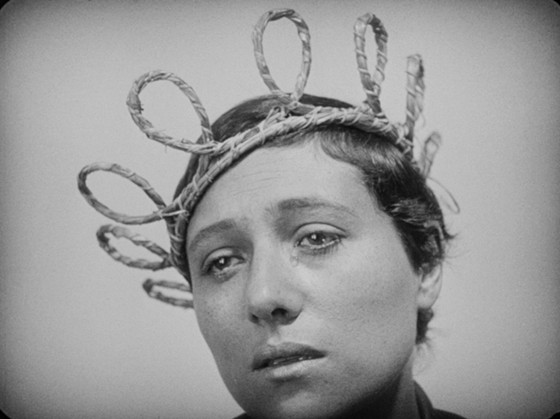
The film follows the time after Joan of Arc (Renée Maria Falconetti), who had fought many battles against the English during the Hundred Years’ War, had been captured by the English, and was held as a prisoner waiting for her trial. The judges threaten her in order to confess that she doesn’t believe anymore she had been sent by God in order to fight for her country and drive the English away from France, and when she doesn’t, she is sentenced to death, leading to her eventual burning at the stake.
Carl Theodor Dreyer’s film is absolutely staggering. The contrast between the pure and divine element enacted by Joan and the corruption of her judges’ diabolical faces is perfectly matched with the black-and-white color of the shots.
The nightmarish atmosphere of Joan’s trial and torture is masterfully succeeded by the fast switching of frames, which reaches its peak at the scene where she is being burnt alive; the camera moves quickly from Joan to birds flying in the sky to the fire slowly escalating from the woods under her feet to the shocked people watching the execution, crying and praying.
And Falconetti gives an outstanding performance as Joan, almost theatrical, which has been characterized as one of the best performances of all time. She is a tragic figure of great purity and dynamism; her fiery eyes, tired of exhaustion, desperate that she isn’t heard, angry when the judges mock her, passionate when speaking of God and her country, but always kind, captivating you entirely. You can’t take your eyes off her.
“The Passion of Joan of Arc” is a silent, black-and-white film, which was presented in its initial release with the live music of Richard Einhorn’s “Voices of Light,” although there is no information that Dreyer had himself selected a score to accompany the film.
It was censored before its release in 1928 and soon the original negative as well as a second version are thought to have been destroyed by fire. Finally, in 1981 an original copy of the film was discovered in a closet of a Norwegian mental institution.
The film received the NBR Award for Top Foreign Film of the National Board of Review, USA in 1929, the OFTA Film Hall of Fame for motion picture of the Online Film & Television Association in 2010, and was nominated for the VVFP Award for Best Film of the Century at the Village Voice Film Poll in 1999. It is considered to be one of the greatest films in the history of cinema.
Watching this movie – regardless of the time in which you will watch it – is perhaps one of the most breathtaking cinematic experiences you will ever have.
Author Bio: Danae is a cinephile from Greece. She studied Psychology and loves watching movies.